In Greek mythology only Chaos precedes Gaia. Gaia was the Greek goddess of Earth, mother of all life, similar to the Roman Terra Mater (mother Earth) reclining with a cornucopia, or the Andean Pachamama, the Hindu, Prithvi, “the Vast One,” or the Hopi Kokyangwuti, Spider Grandmother, who with Sun god Tawa created Earth and its creatures.
James Lovelock, the British independent scientist, died in 2022 on his 103rd birthday. His seminal book, Gaia, published 40 years ago, helped shift popular perceptions about the Earth.
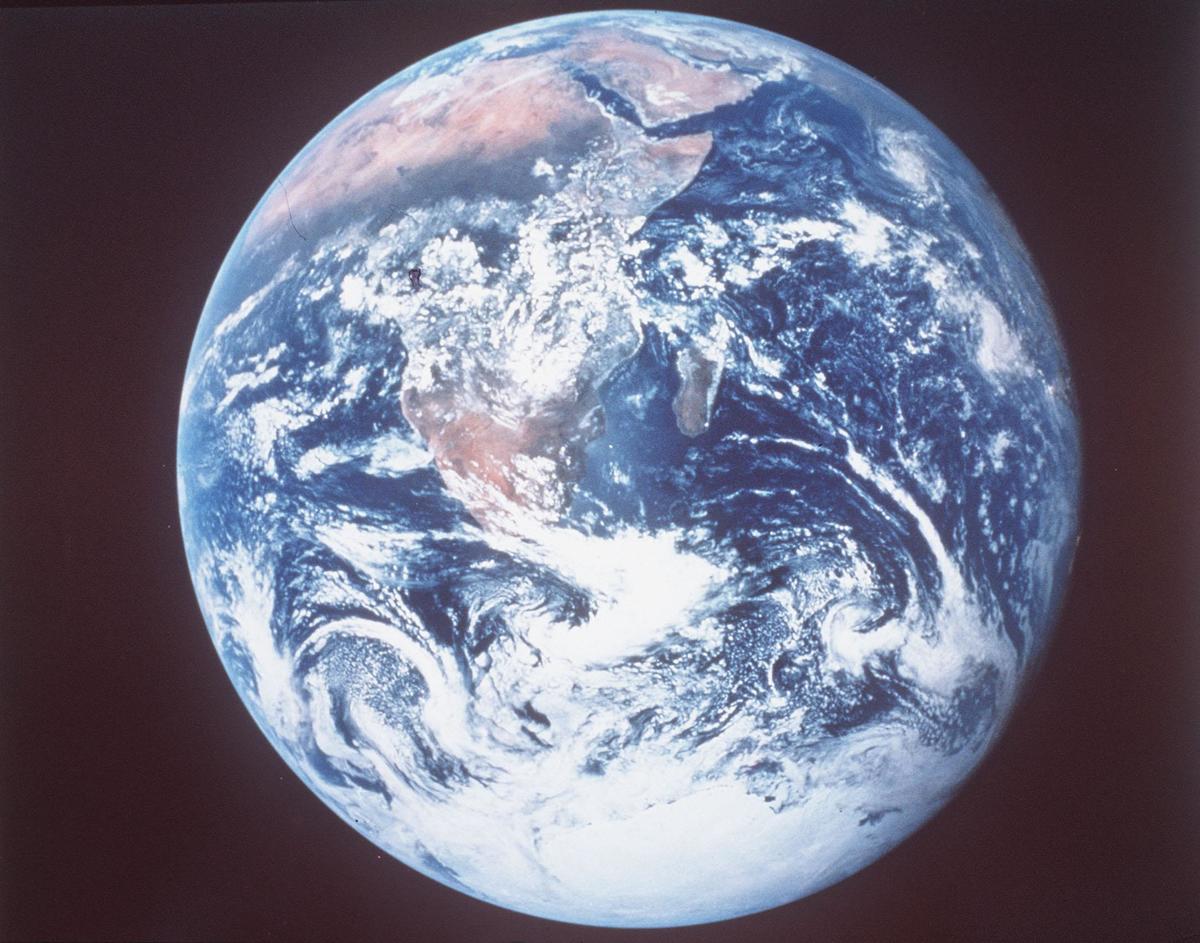
The book proposed a hypothesis developed by Lovelock and biologist Lynn Margulis, that life on Earth self-regulates its environment to create optimum conditions for the additional advancement of life. Living organisms concentrate useful elements, compounds, and nutrients, and redistribute them into the water, soil, and atmosphere where they stabilize climate, feed other life forms, and influence the environment in which they evolved.
Margulis had studied symbiosis in early organisms and formulated the proposal that eukaryotic cells (cells with nuclei) had evolved as a symbiotic union of primitive cells without nuclei – an example of how life creates conditions for more advanced life. In 1978, Robert Schwartz and Margaret Dayhoff demonstrated that mitochondria descended from bacteria and chloroplasts from cyanobacteria, providing experimental evidence for Margulis’ theory.
In the 1970s, while working with the US space program, Lovelock developed methods for determining whether a planet supported life. He focused on the fact that living organisms naturally change a planet’s atmosphere, described how life changed Earth’s atmosphere, and developed the idea that Earth’s sulfur cycle provided an example of how biological life could create the conditions for more life. Lovelock also pointed out in the 1970s that humanity was changing Earth’s atmosphere, with dangerous implications.
Together, in 1974, Lovelock and Margulis published “Atmospheric homeostasis by and for the biosphere: The Gaia hypothesis”. They proposed that, “early after life began it acquired control of the planetary environment and that this homeostasis by and for the biosphere has persisted ever since.”
Not all biologists agreed with the premise. Others pointed out that many of life’s evolutionary pathways may occur by chance (asteroids, radiation effects on mutation, and so forth) or in chaotic fashion (landslides, eruptions) and that life’s influence did not really “control” the environment. Some critics objected to Lovelock’s statement that life “manages” its environment, as a mechanistic metaphor that implied some sort of collective intention. Nevertheless, life’s concentration and distribution of compounds did create conditions for new life forms to arise.
Soil, for example, is a product of growing, dying, and decomposing life forms, mixing with geological minerals, some of which are separated from rock by other life forms, another example of how life creates the conditions for more advanced life.
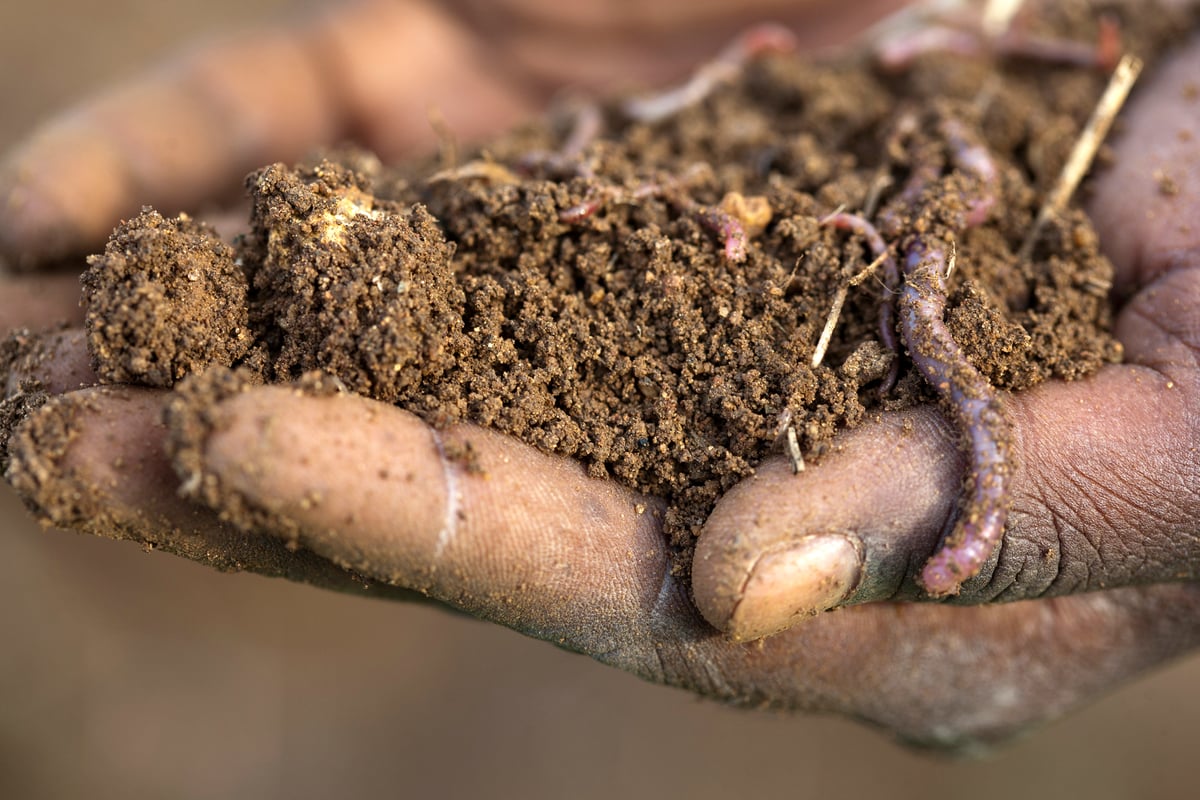
The patterns that connect
Many concepts developed in Lovelock’s Gaia, were not new, of course, although some of the science to support these ideas was new. Over 2,500 years ago, Taoists considered the natural patterns of Earth and living beings as primary, and that “all creatures lived together in mystic unity,” co-evolving and feeding each other.
Many Indigenous cultures understood that they were part of, and lived within, a larger living community of life that included air, water, soil, and fire. The North American Lakota term, Mitákuye Oyás’in (all our relations) recognizes this fundamental kinship among all beings.
In the 1940s, while writing his Ph.D. dissertation on “The Biogeochemistry of Strontium in the ecosystem,” American ornithologist Howard Odum development a scientific description of this relatedness, systems ecology, Earth’s biosphere and geology as one great ecosystem in which all life forms co-evolve.
Meanwhile, anthropologist and ecologist Gregory Bateson extended systems theory and cybernetics to the social and behavioral sciences. Bateson often repeated the observation by 18th century naturalist George-Louis Leclerc that “all divisions are arbitrary.” For the convenience of discourse, we speak of a “tree” “soil” or an “atmosphere,” but none of these exist as they are without the others, and they all exchange molecules and compounds continually. Our language is noun-verb based, but we observe nothing in isolation. Science describes relationships among dynamic, co-evolving processes. Bateson urged ecologists to look for “the patterns that connect.” The survival unit in nature is not an individual, not even a species, but “a species in an ecosystem.”
In 1945, the physicist Erwin Schrodinger pointed out that, from an energy transformation perspective, any life form functions as “a system in steady-state thermodynamic disequilibrium that maintains its distance from equilibrium (death) by feeding on low entropy from its environment, emitting high-entropy outputs.” Translation: Living organisms consume concentrated energy and nutrients, and emit dissipated energy and waste.
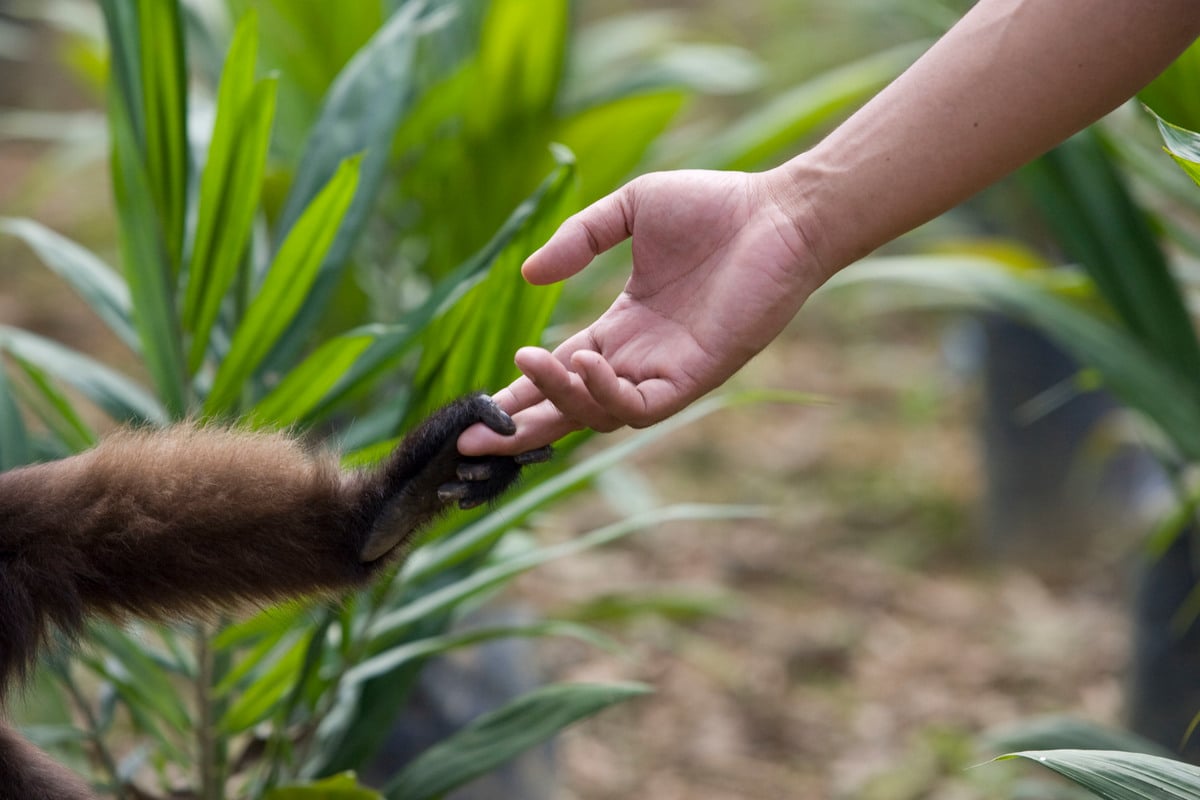
Economist Herman Daly reminds us that, “the same statement would hold verbatim as a physical description of our economic process. A corollary of this statement is that an organism cannot live in a medium of its own waste products.” All organisms require other organisms to metabolize their waste. Trees breathe in carbon dioxide and exhale oxygen; we breathe oxygen and exhale carbon dioxide. The system survives together. Ultimately, all divisions prove arbitrary.
Dynamic equilibrium
Rachel Carson showed, in her 1962 book, Silent Spring, that when a single species grows dominant and scatters its waste throughout its environment, the system can tip out of balance.
Evolution’s earliest example occurred about three billion years ago when certain sulfur-based anaerobic bacteria evolved to absorb carbon dioxide and solar energy, emitting oxygen. Within another half-billion years, these photosynthetic organisms combined to develop nuclei in their cells, as described by Lynn Margulis. They reproduced so quickly and became so successful that they filled the oceans and atmosphere with oxygen, which to them was a poison. Earth’s first major extinction event followed, as many species perished in the poisonous oxygen environment they had created.
Within another half-billion years, oxygen-metabolizing bacteria evolved, cleaned up the oxygen, and emitted carbon dioxide. Plants and animals have mutually balanced Earth’s atmosphere ever since. Until recently. As we are all too painfully aware, the success of humans has again unbalanced Earth’s atmosphere and oceans. Humans are not “the only animal that fouls its nest,” as we sometimes read; all organisms emit waste products, in which they cannot survive. We must, rather, accept limits to growth and protect species diversity, to metabolize our waste.
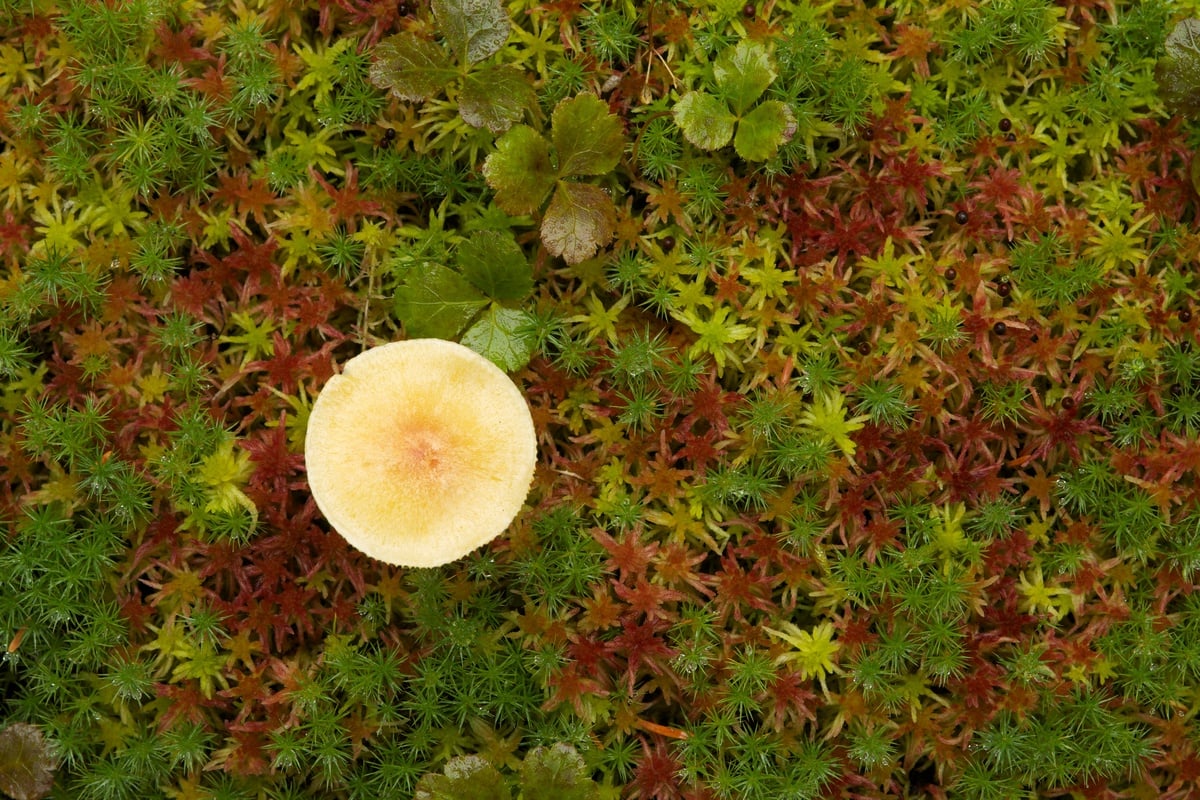
In the 1970s, Russian chemist, Ilya Prigogine, won the Nobel Prize for his description of the connection among evolution, organic chemistry, thermodynamics, and “dissipative structures,” living or non-living systems that transform energy. The larger meta-system, Prigogine concluded, does not sustain species, but rather sustains relationships. Everything co-evolves, and no part of the system can “manage” or “control” the myriad layers of embedded systems and sub-systems. “Sustainability” in ecology is “dynamic equilibrium,” a system of sub-systems that maintains regenerative patterns through feedback mechanisms. Such living systems involve tipping points, chaos, complexity, and random characteristics. Our understanding of these systems involves biophysical and neuro-psychological interfaces and the vagaries of communication among communities and individuals.
Rough Ride
Lovelock and Margulis stitched all of this science and tradition together with the metaphor of “Gaia,” the mother of all life. The living Earth gives rise to everything that follows and it operates as a whole. Living systems do not require “intention,” to find a path through chaos and happenstance. What is sustainable endures, what is not, perishes.
We know that living forms grow into each other and compete for resources. We’ve seen the thorns on blackberries and the claws of predators. Humans are no more guilty than blackberries for reaching out and growing into any available space. However, at a deeper level, living organisms must cooperate to endure.
The growth of humanity on Earth, even the overgrowth, is itself natural. Wolves and algae also overgrow their habitat. Everything does. But eventually, every living organism – systems within systems – must form an alliance with the biophysical ecosystem in which they live.
In 1988, nine years after Gaia was published, Lovelock wrote a sequel, Ages of Gaia, which pointed out that humans, like all species, do not get a special exemption from these evolutionary demands. In 2006, he published The Revenge of Gaia lamenting that biodiversity collapse, disrupted nutrient cycles, depleted soils, and other ecological challenges were limiting Gaia’s capacity to mitigate the effects of global heating. He predicted a collapse of civilization as we know it.
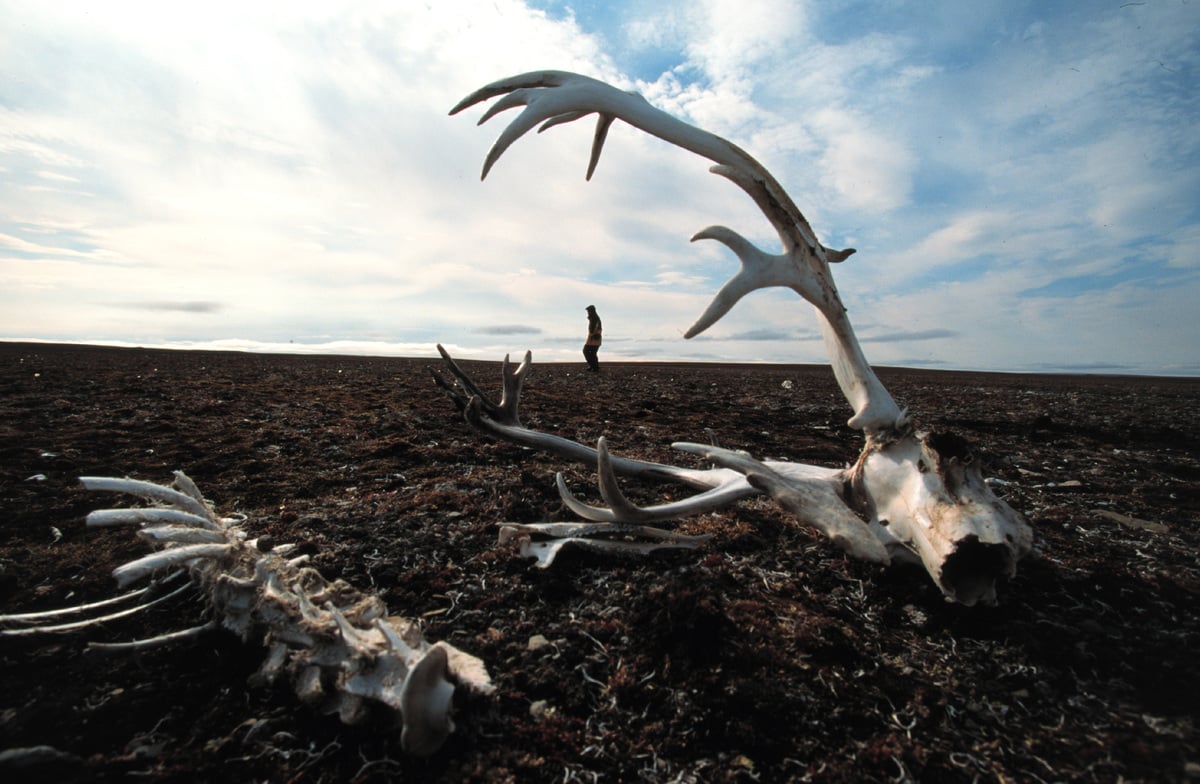
Three years later, in 2009, he backed off the apocalyptic vision in The Vanishing Face of Gaia, suggesting that human society could reduce carbon emissions. Lovelock alienated many environmentalists and peace activists by suggesting that, “only nuclear power can now halt global warming.” His proposal failed to adequately answer the persistent challenges of nuclear power: the real carbon costs, health effects, meltdowns, weapons proliferation, radioactive waste, and the sheer scale of humanity’s energy demand. In that same year Lovelock promoted Population Matters acknowledging that the growth of human numbers posed ecological challenges. In 2014, Lovelock wrote A Rough Ride to the Future suggesting that efforts to reduce carbon emissions were failing, that political solutions appeared impossible, and that “sustainable retreat” or “adaption” to a changing world would be necessary.
Lovelock struggled as much as any of us to arrive at a prescription for shifting industrial, consumer society toward an ecological society. Nevertheless, Gaia reframed the popular picture of Earth, as a single, living system, and helped launch the modern ecology movement.
References and links:
Lovelock, J. E.; Margulis, L., “Atmospheric homeostasis by and for the biosphere: The Gaia hypothesis”. Tellus / Wiley Library. 26: 2, 1974.
By RM Schwartz, R.M; and Dayhoff, M. O., “Origins of prokaryotes, eukaryotes, mitochondria, and chloroplasts, Science, Vol. 199, Issue 4327, 1978.
Lovelock, J. E.; Maggs, R. J.; Wade, R. J. (1973). “Halogenated Hydrocarbons in and over the Atlantic”. Nature. 241 (5386): 194.
Charlson, R. J.; Lovelock, J. E.; Andreae, M. O.; Warren, S. G. (1987). “Oceanic phytoplankton, atmospheric sulphur, cloud albedo and climate”. Nature. 326 (6114): 655
Howard Odum: 1953, “Fundamentals of Ecology,” with Eugene P. Odum
1983, Systems Ecology : an Introduction.
Gregory Bateson: 1972: Steps to an Ecology of Mind: collected essays; 1979: Mind and Nature: Systems, complexity, co-evolution; Film: Ecology of Mind, by daughter Nora Bateson; summary of Bateson’s work.
Edwin Schroedinger, ” What is Life?”: Cambridge University Press; 1992.
Ilya Prigogine, Isabelle Stengers, “Order Out of Chaos;” Bantam Books; 1984.
Prigogine, G. Nicolis, “Self-Organization in Non-Equilibrium Systems,” Wiley; book, and abstract and preview at Springer.
“James Lovelock reflects on Gaia’s legacy,” interview with Phillip Ball, Nature, 2014.
James Lovelock, “The Ages of Gaia: A Biography of Our Living Earth,” Oxford University Press, 1989; W. W. Norton, 1995.
James Lovelock, “The Revenge of Gaia,” Basic Books, 2006, and review in The Guardian.
James Lovelock, “The Vanishing Face of Gaia,” Basic Books, 2009, and review in The Guardian, 2009.
James Lovelock, “A Rough Ride to the Future: The Next Evolution of Gaia,” review by Tim Lenton, Nature 508, 2014
Note: This post was edited on July 26th, 2022 to reflect the passing of James Lovelock.
